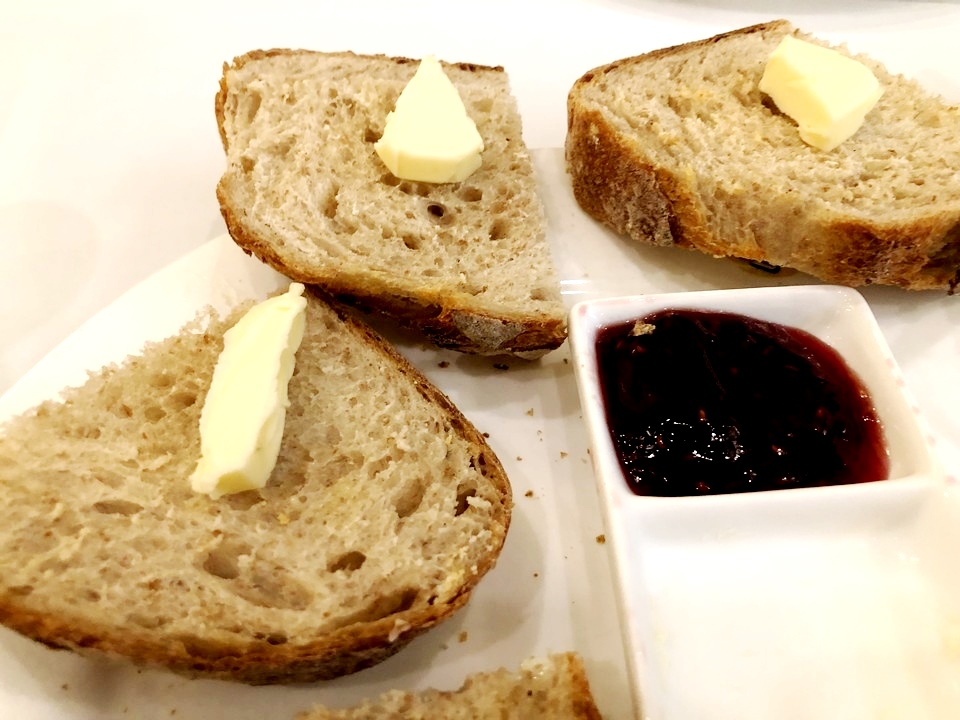Applying Design Thinking to the Customer Experience: Part 1
By George Aveling, CEO of TACK TMI Malaysia

There has been a rise in the application of design thinking in recent years.
In this article, I am going to give you an everyday example of design thinking in action. Treat this as your very simple, starter article in design thinking and the customer experience.
I will then build on this example in a second article – so read on and stay tuned to deepen your knowledge!
Let me first explain design thinking “from 30,000 feet”.
In a nutshell, design thinking puts customers at the centre in the product and service design process.
It goes through a number of stages:
- Development of empathy for the customer’s needs and wants
- Defining the problem(s) to be addressed
- Ideation – coming up with ideas as solutions
- Prototyping the idea(s)
- Testing and then
- Refining.
Now, let’s move from this high-level explanation and go to ground level.
I’ll start by looking at the first stage of design thinking – having true empathy for the needs of the customer.
There is a local café, not that far from my home, that serves wonderful breakfasts. Eggs cooked in a variety of ways, croissants with many accompaniments, pastries and more.
And, amid all of the choices, I always select the same menu item – their delicious toasted bread, served with butter and jam. The bread in this café is to die for!
But…
While I really enjoy the toast and the jam, there is one part of the experience that I don’t enjoy. It is a critical part of the ritual of toast and jam. It should be pleasurable. But, in this café, it is not.
It is the butter experience.
By all accounts, the overall service experience is really good. The butter and jam are served with the toast, always with a smile. The presentation looks good.
However, there is one problem. The butter, being butter and obviously been kept in the fridge, is hard. Whenever I attempt to spread the butter on the toast, I end up with an uneven spread or torn toast. What I do then slice the butter and put it on the toast to soften it. Or, I may sandwich the hard butter between two pieces of toast to soften it.
There must be a better way! And there is certainly one – if design thinking had come into play.
The first stage of design thinking, like I mentioned before, is about having empathy for my – the customer’s – needs and wants. Customers like me not only want to enjoy breakfast, but we also want the process of getting there – spreading the butter on the toast – to be easy.
We can develop this deep understanding by observing our customers consuming our product or service, by asking them questions, by asking people who serve them questions, or by being customers ourselves.
The second part of the design thinking process is to be clear on the problem to be solved. In this case, it’s simple – make it easy for me to spread the butter!
In this case, the solution is simple. Soften the butter before it reaches the table.
So, it’s understanding the customer’s needs and wants, clearly defining the issue to be addressed and then coming up with a solution to the process. It sounds easy enough!
However, in other situations, it may not be that straight forward.
Stay tuned for my next article which will take you through the other phases of the design thinking process in a somewhat more complicated customer experience design case.
Until next time!
